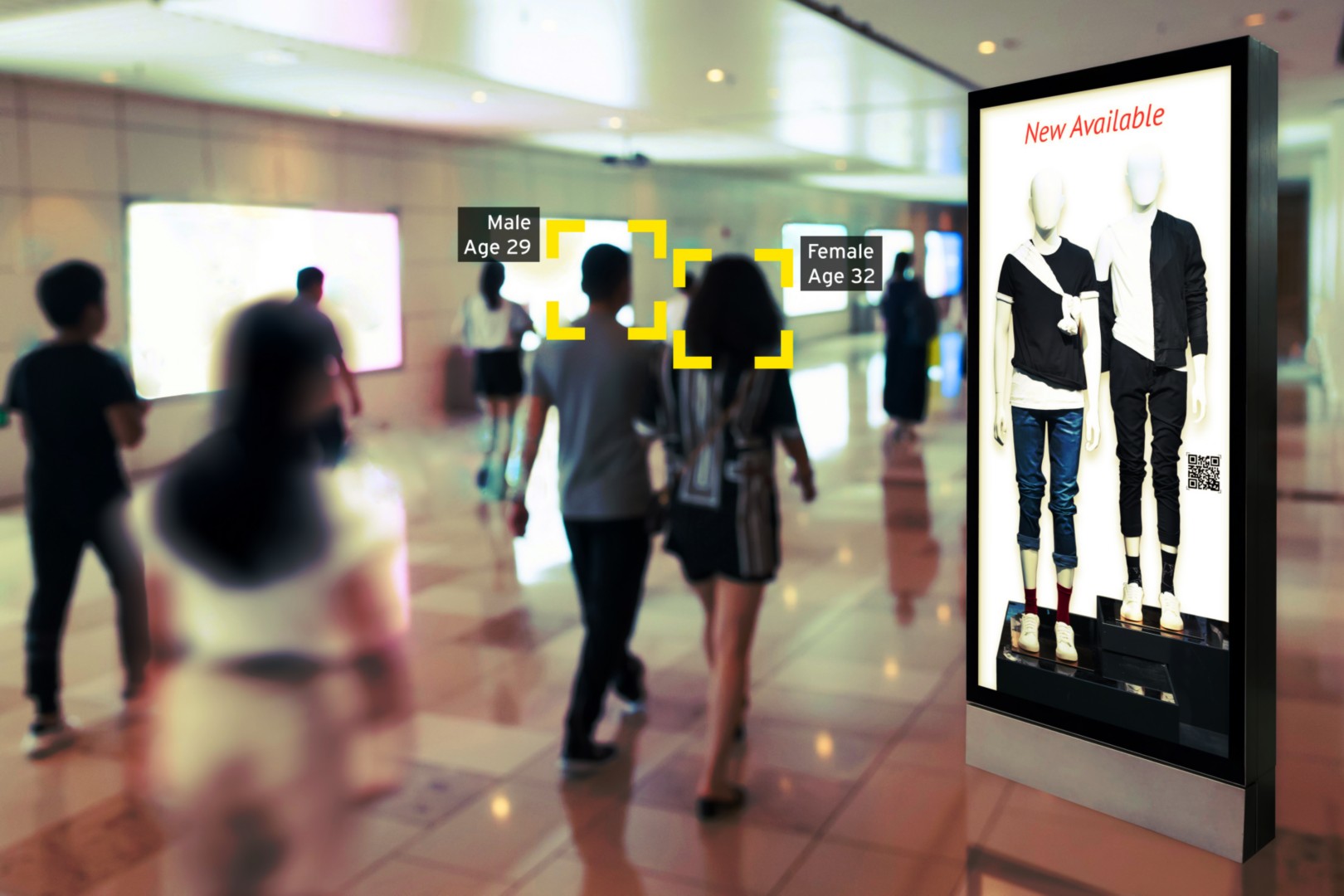Many consumer packaged goods (CPG) companies are creating brand-specific digital shops. Instead of relying on third-party channels, consumers shop directly from the company’s e-commerce platform, often receiving specialized offers that can be personalized for each individual customer or getting access to limited-time flavors and colors, unique gift sets or online-only branded merchandise.
Selling these products online doesn’t compete with the profit generated from third-channel sales, but it creates unique brand equity that drives a halo effect across all points of purchase. And it gives companies a valuable pool of continuous data that provides insights for brands to understand and act on.
For example, did a new candy flavor that was A/B tested online do so well that it should be sold in supermarkets across the nation? Did a specific item color outperform at specific times of the year?
When used correctly, this data serves as a foundation for comprehensive customer profiles, which, in turn, guide a brand’s future sales decisions — whether B2B or D2C.
Store experience
Over the past decade, digitally native D2C brands have been aggressively adding brick-and-mortar locations as an additional sales funnel. Additionally, many established brands (that have traditionally relied solely on B2B for sales) have started to expand their sales channels to include D2C stores, usually in high-traffic tourist locations.
These stores are often experiential and are meant to increase brand awareness, introduce new innovations and deepen brand equity — all while meeting consumers wherever they are in their shopping journey. And in doing so, these stores generate massive amounts of consumer data, often revealing new opportunities for customer engagement, acquisition and loyalty.
Think about a toy company or candy company opening an experiential store in a place like Times Square in Manhattan. These stores are often elaborate and one-of-a-kind, offering unique experiences that consumers must try — whether they’re a local or a tourist. In fact, these stores often become a tourist attraction, yielding high foot traffic, and with it (you guessed it) unique customer data.
Merchandising and planning
Brands that are effectively capturing customer data online and in-store are now ahead of the game. But what are they doing with all of this data? They’re using it to reach existing and new customers in even more meaningful and impactful ways — and that’s where merchandising comes in.
When it comes to merchandising, it is all about converting rich customer data (generated via e-commerce or in-store experiences) into actionable insights to help drive the business and make smarter decisions. Let’s take a car company, as an example, that sells directly to consumers.
Prior to the pandemic, and the rise of electric vehicle adoption, it was nearly unheard of for consumers to buy vehicles online. Today, more than 50% of shoppers are purchasing a new automobile online without seeing it or even taking it for a test drive. These rich consumer insights drive brand decision-making — from merchandise assortment decisions, like which products to sell in which locations, to overarching product development.
As more and more brands pivot to online and specialized in-store experiences, those that will be successful are the ones that collect data from online and in-person sources; turn that data into insights; and apply those insights into new products, services and customer experiences.
By nailing these core retail competencies, brands will not only build equity among consumers, but they will also future-proof their business in the long run.





